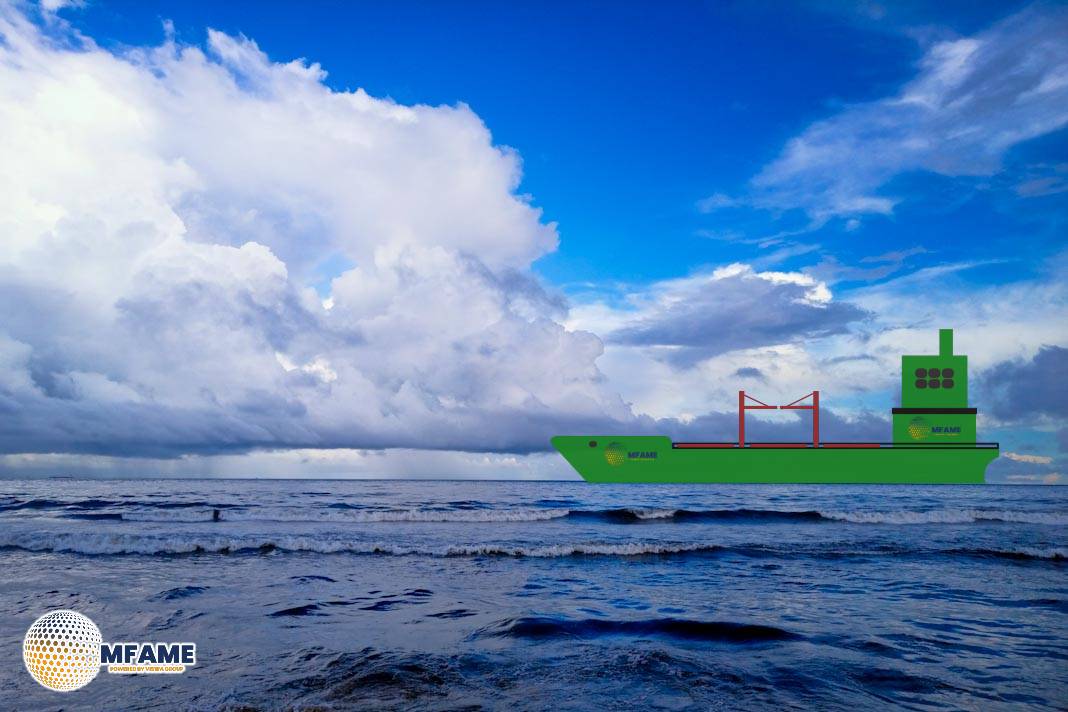 The Australian Maritime Safety Authority (AMSA) has unveiled its 2025–2026 National Compliance Plan, detailing a strategic roadmap for regulatory focus across the maritime sector.
The Australian Maritime Safety Authority (AMSA) has unveiled its 2025–2026 National Compliance Plan, detailing a strategic roadmap for regulatory focus across the maritime sector.
Rooted in safety data, operational trends, and expert consultation, the plan outlines key compliance priorities targeting pollution prevention, seafarer welfare, and vessel safety. With a risk-based and transparent approach, the plan aims to promote a culture of safety and accountability across both domestic and foreign-flagged vessels operating in Australian waters.
Key Focus Areas: From Seafarer Welfare to Cargo Safety
The plan places strong emphasis on high-impact compliance areas that directly affect operational safety and environmental protection. These include:
-
Risk-Based Inspections: AMSA plans to conduct at least 2,400 Port State Control (PSC) inspections, prioritising vessels based on their risk profile. Special attention will be given to pilot ladder safety, shipboard maintenance, cargo securing, and pollution prevention.
-
Seafarer Welfare: In collaboration with the Fair Work Ombudsman, AMSA will carry out joint inspections to ensure seafarer wage compliance in line with the Maritime Labour Convention (MLC) and national industrial awards.
-
Domestic Vessel Safety: Focus areas include fatigue management, Safety Management System (SMS) implementation, lithium-ion battery safety, hazardous gases, and mandatory lifejacket wear. A special emphasis will be placed on reducing the risk of fatalities related to persons overboard.
-
Indigenous Operator Support: AMSA will provide targeted assistance to Aboriginal and Torres Strait Islander operators to strengthen SMS practices and ensure safe operations.
-
High-Risk Activities: Joint inspections with WorkSafe will address hazardous operations such as commercial diving and snorkelling.
Education-Driven Compliance and Future-Oriented Safety Standards
A cornerstone of the plan is educational outreach, which includes guidance documents, workshops, and targeted awareness campaigns to support compliance. This education-first model often precedes inspections and is designed to help operators better understand and implement regulations before enforcement actions occur.
Specific initiatives include:
-
Cargo Securing: A Focused Inspection Campaign (FIC) on Marine Order 32 will be accompanied by education on proper securing methods to prevent cargo shifts and environmental hazards.
-
Lithium-Ion Battery Management: AMSA will introduce guidance on the safe use and certification of lithium-ion battery systems on domestic vessels, responding to their growing presence and associated risks.
-
Lifejacket Use: Continued campaigns will target high-risk operations to promote the use of lifejackets and risk assessments related to crew safety.
AMSA’s approach combines scheduled and unscheduled inspections, audits, and cooperative enforcement with state and territory partners. This collaborative framework enhances oversight while promoting consistent safety practices nationwide.
AMSA’s 2025–2026 National Compliance Plan reflects a proactive, data-driven strategy to safeguard people, vessels, and the marine environment. By balancing regulatory enforcement with education and industry engagement, the plan aims to raise safety standards across the maritime sector. With its emphasis on collaboration, risk mitigation, and transparency, AMSA continues to reinforce its commitment to a safer and more sustainable maritime future.
Did you subscribe to our daily Newsletter?
It’s Free Click here to Subscribe!
Source: safety4sea
















